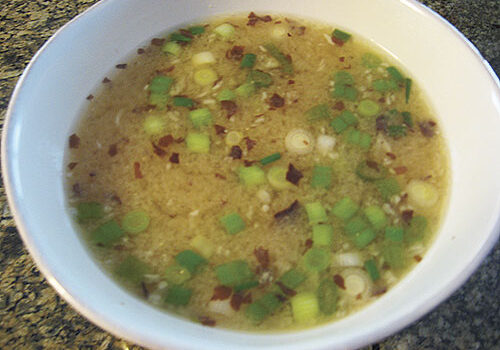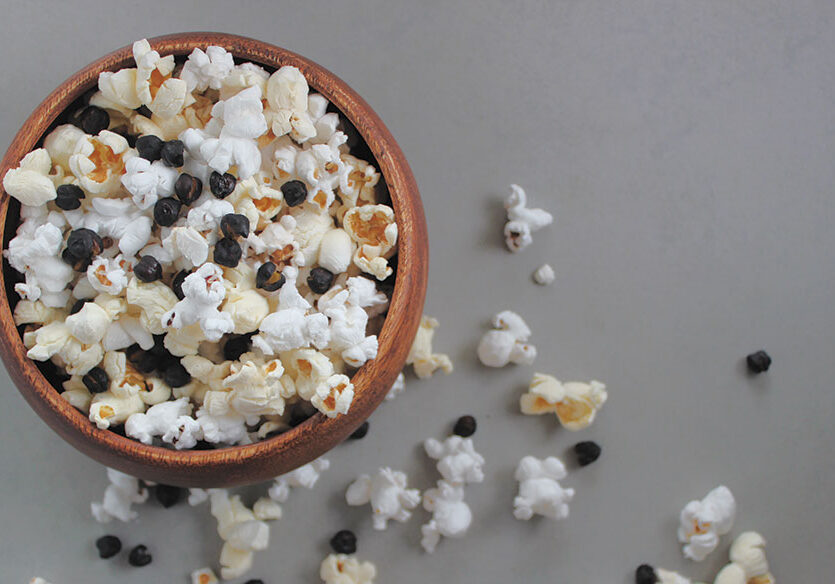Yogurt. It’s tasty, is known to be good for you, and it’s even fun to say. With its creamy texture and versatility, it is an excellent way to improve your kids’ nutrition … as long as you know what to look for.
“Not all yogurts are created equally,” says Stephanie Bird, dietetics intern at PASSAGES in Chico. “Some yogurts have live bacteria and others don’t. One of the benefits of yogurt comes from the probiotics, and if they are not live, then you are missing out on those benefits.”
Bird shares that yogurt contains protein and calcium, and is more digestible than many other dairy products, especially for people who are lactose intolerant. This is because the lactose in the milk is converted to “food” for the probiotics, so the lactose is mostly used up in the transformation, which also makes plain yogurts low in sugar content. “Unfortunately, many yogurts have high amounts of sugar and other additives in them to reduce the natural tartness the probiotics create, making them less healthful versions despite the potential presence of live probiotics,” says Bird.
Yogurt is an excellent source of calcium and vitamin D. An 8-oz cup of plain, low-fat yogurt has nearly four times the amount of calcium as an 8-oz glass of milk. It seems that many kids either suffer from constipation or “go” too much. Regularly eating yogurt with active cultures can help regulate kids’ – and their parents’ – digestive systems.
Plain low-fat yogurt blends well with both sweet and savory items and is easily used as a substitute in all kinds of recipes. Use it in place of sour cream in dips; mixed with fruit, almonds, and honey for breakfast; or to replace butter or oil in baking. I like stirring a tablespoon of whole or ground flaxseed in my yogurt – a tablespoon of flaxseed adds 3 grams of fiber and about 2 grams of healthy plant Omega-3s. Adding in a bit of high-fiber breakfast cereal makes a great snack for kids. Avoid granola: while it sounds healthy, most granola is very high in fat, calories, and even sugar.
Low-fat plain Greek yogurt is the healthiest all-around choice. Most Greek yogurt has a thicker texture and fuller taste, and contains twice as much protein as regular yogurt. A great food for older babies and toddlers, it also makes the best frozen yogurt pops when mixed with a little mashed fruit … a good teething treat.
Denise Crosswhite, mother of three and “Dip Queen” of my Bunco group, uses Greek yogurt in all kinds of recipes. “For an easy dip I add onion soup mix. I also like to add sweet mesquite seasoning, or sometimes a package of cream cheese and chopped veggies with smoked paprika.”
Steer clear of yogurt with “fruit on the bottom,” which is normally quite high in sugar content. Some fat-free yogurts include aspartame, which comes with its own set of health concerns. With so many options available, it’s better to flavor your own with your favorite natural ingredients.
[sws_grey_box box_size=”590″]
 Localicious is a new monthly column celebrating food in the North State. If you would like to suggest a food-related business or organization, email us at localicious@northstateparent.com
Localicious is a new monthly column celebrating food in the North State. If you would like to suggest a food-related business or organization, email us at localicious@northstateparent.com
[/sws_grey_box]
Posted in: Localicious
Comment Policy: All viewpoints are welcome, but comments should remain relevant. Personal attacks, profanity, and aggressive behavior are not allowed. No spam, advertising, or promoting of products/services. Please, only use your real name and limit the amount of links submitted in your comment.
Comments
Leave a Reply
You Might Also Like...

Localicious: A Meal for Mom Made Expressly by Dad & Kids
As a mama I can tell you that I often think about spending a little time to myself, second to that fantasy is having someone prepare food for me. The […]

First Foods for Baby
Localicious: First Foods for Baby Hi, families with young babies. This one’s for you! Giving someone their first real taste of food can be so daunting. Let’s break it down […]
Localicious – Microgreens: The Future of Vegetables at Lava Oasis Farm
You’ve probably heard the buzz about “micro greens.” But aren’t “micro greens” just sprouts? Almost … but not quite. Not to belittle sprouts, but they are missing two things that […]

Localicious: “What Mom Really Wants” – Mother’s Day Brunch
Macaroni necklaces and sticky kisses. Toys in the bath tub and Legos on the floor from an entire afternoon of fun. Snacks in purses where cute, thin wallets use to […]






Emily says
Great article! Love the photos 🙂